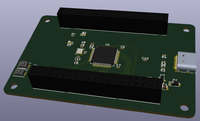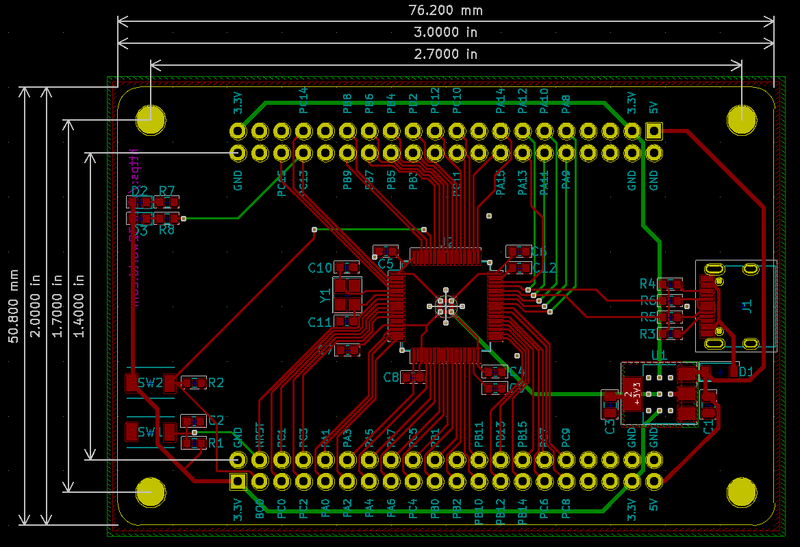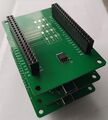STM32World Legacy
STM32World is a series of development boards designed for rapid development and prototyping.
The idea is to have MCU boards available with multiple MCU's (possibly including non ST ones such as the ones from GigaDevice).
The boards will be stackable but rather than trying to cram every single imaginable peripheral device into every board, these will be deliberately kept simple. A CAN transceiver board will include a CAN transceiver and nothing else.
As much as possible, peripheral board will be designed in such a way that they will not conflict with each other, even though this might not be possible to achieve 100 %.
All files for hardware and software is available at STM32World Github Repository
Why?
There are a gazillion STM32 development boards available on the market. A very reasonable question would be: "Why create another one?"
In general development boards fall into two different categories:
- Simple boards such as the common Blue Pill and Black Pill boards
- Complex boards such as most of ST's Nucleo and Discovery boards
The problem with the simple boards is that you have a very limited selection of MCUs and you end up with a ratnest of jumper wires.
The problem with the complex boards is that they are too opinionated. I have a STM32F405 based discovery board and that one includes a complex audio part, which I have never needed nor used.
Form Factor
STM32World boards are meant to be stackable.
All boards are 3" x 2". In many cases this is much bigger than needed but PCB's are cheap and having the boards at that size makes layout much easier.
The choice of imperial size of the PCB's themselves were mainly made due to the header being 100 mil spaced pins.
Planned Boards
| Name | Type | Description | Status | |
|---|---|---|---|---|
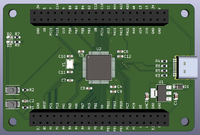
|
MCUSTM32F405 | MCU | MCU Board using the STM32F405 MCU | Prototype |

|
MCUSTM32F402 | MCU | MCU Board using the STM32F402 MCU | Under development |
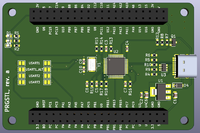
|
PRGSTL | Programmer | Board designed like a ST-Link/V2.1 or a Black Magic Probe device | Prototype |
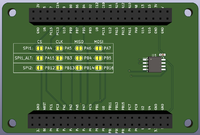
|
MEMW25Q128 | Storage | W25Q128 SPI Serial Flash | Prototype |
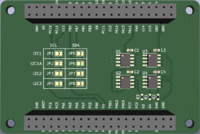
|
MEM24CXX | Storage | 24Cxx I²C EEPROM | Prototype |
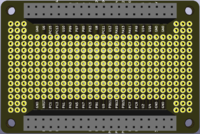
|
PROTO | Prototyping | Prototyping board | Prototype |
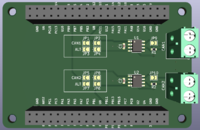
|
CANTRANS | Tranceiver | Dual CAN Transceiver | Prototype |
| 200px | STWSD | SD Card | SD Card breakout | Under development |
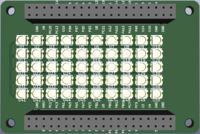
|
DWS2812 | Display | WS2812B RGB LED Array | Under development |
Board Ideas
| Name | Type | Description | Status | |
|---|---|---|---|---|
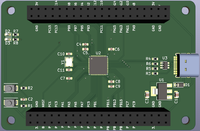
|
MCUSTM32F411 | MCU | MCU Board using the STM32F411 MCU | Under development |
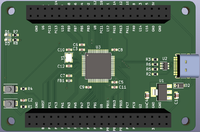
|
MCUSTM32F446 | MCU | MCU Board using the STM32F446 MCU | Ready for prototype |
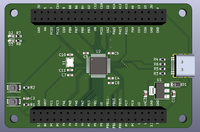
|
MCUSTM32F103 | MCU | MCU Board using the STM32F103 MCU | Under development |

|
MCUGD32F405 | MCU | MCU Board using the GD32F405 MCU | Under development |
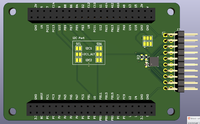
|
IOAW9523 | I/O | I²C AW9523 based GPIO Expander and LED driver | Under development |
| HID01 | Display/Keyboard | Display and touch keyboard | Under development | |
| SEC01 | Security | Security and Encryption | Under development |
Pin Use
The STM32 processors are not 100 % flexible in mapping I/O pins, so certain peripherals can only be mapped to certain pins. Because of that, some of our board will conflict with each other.
|
|
